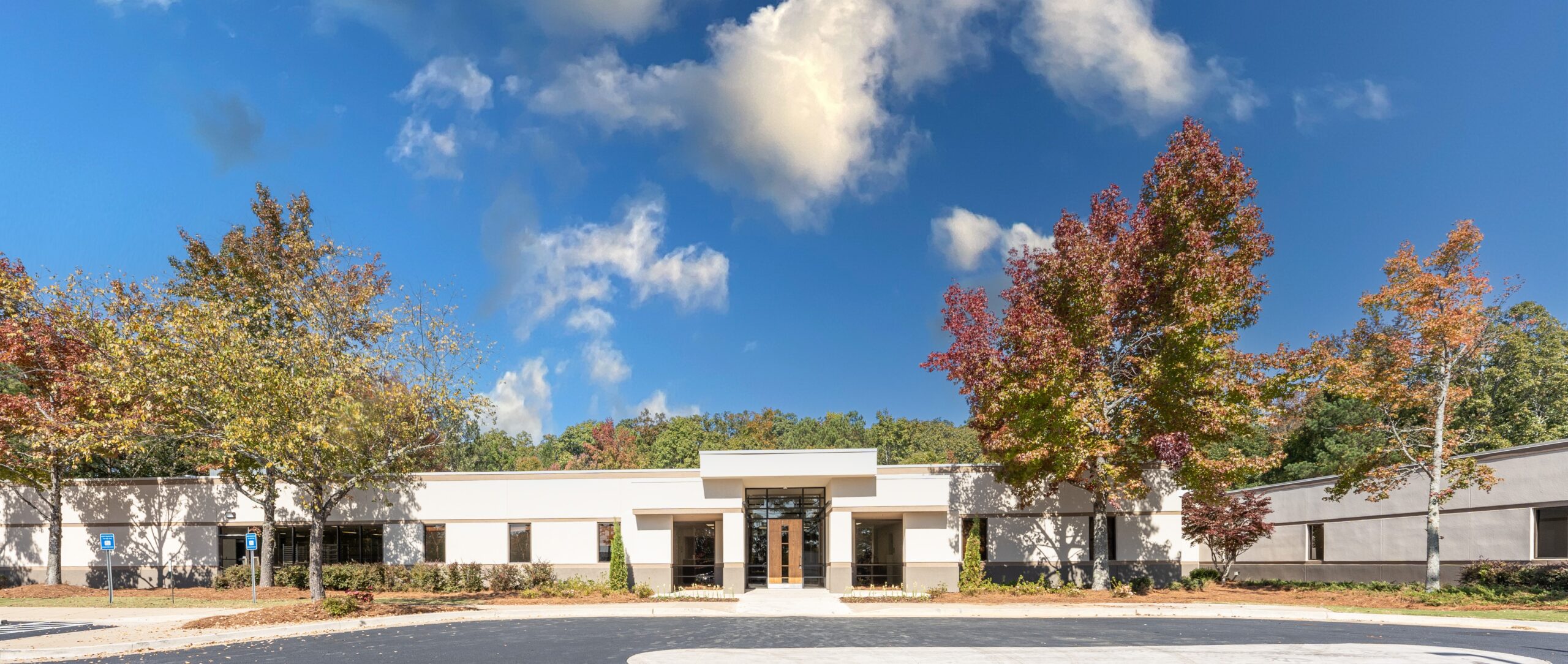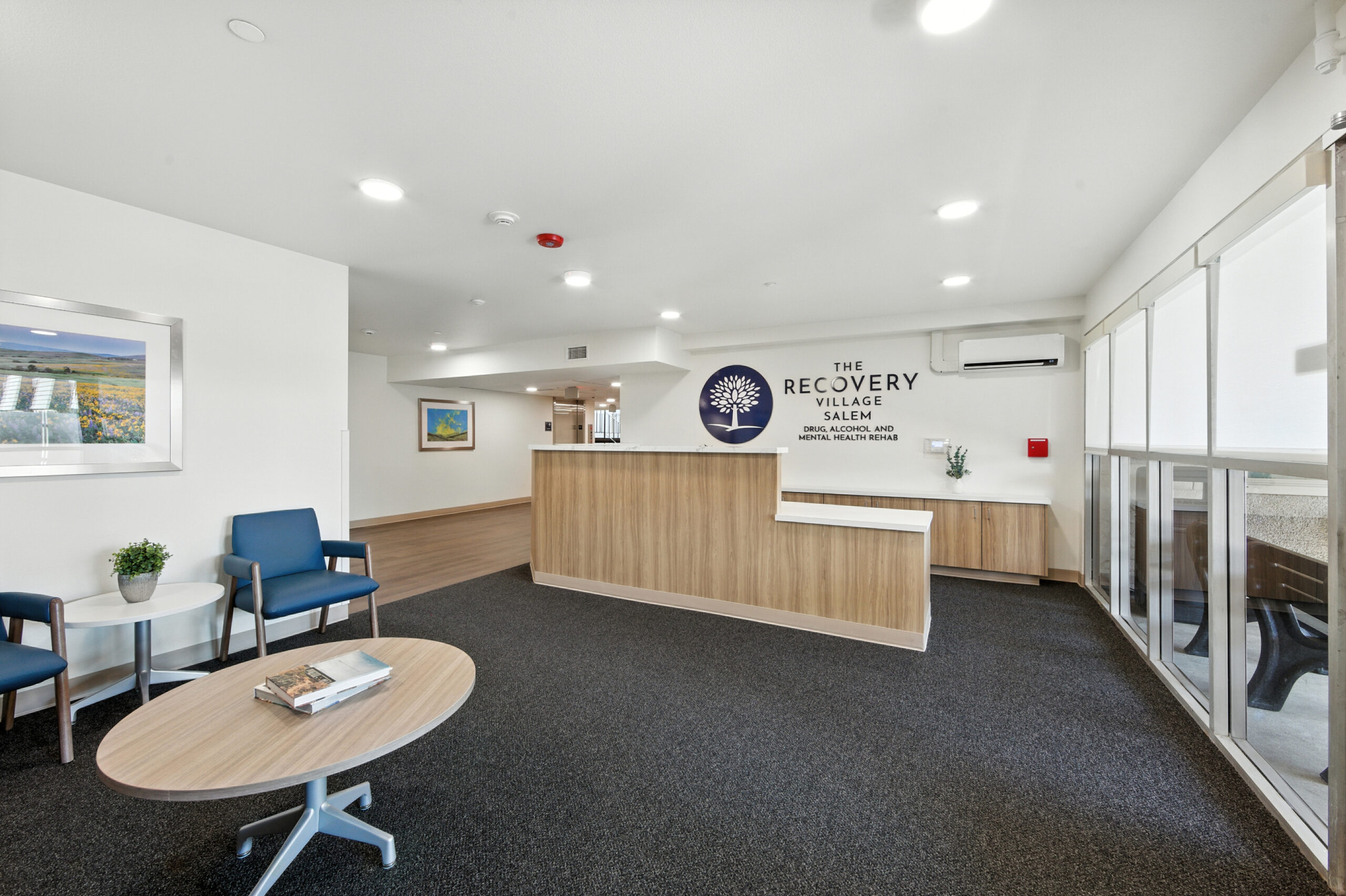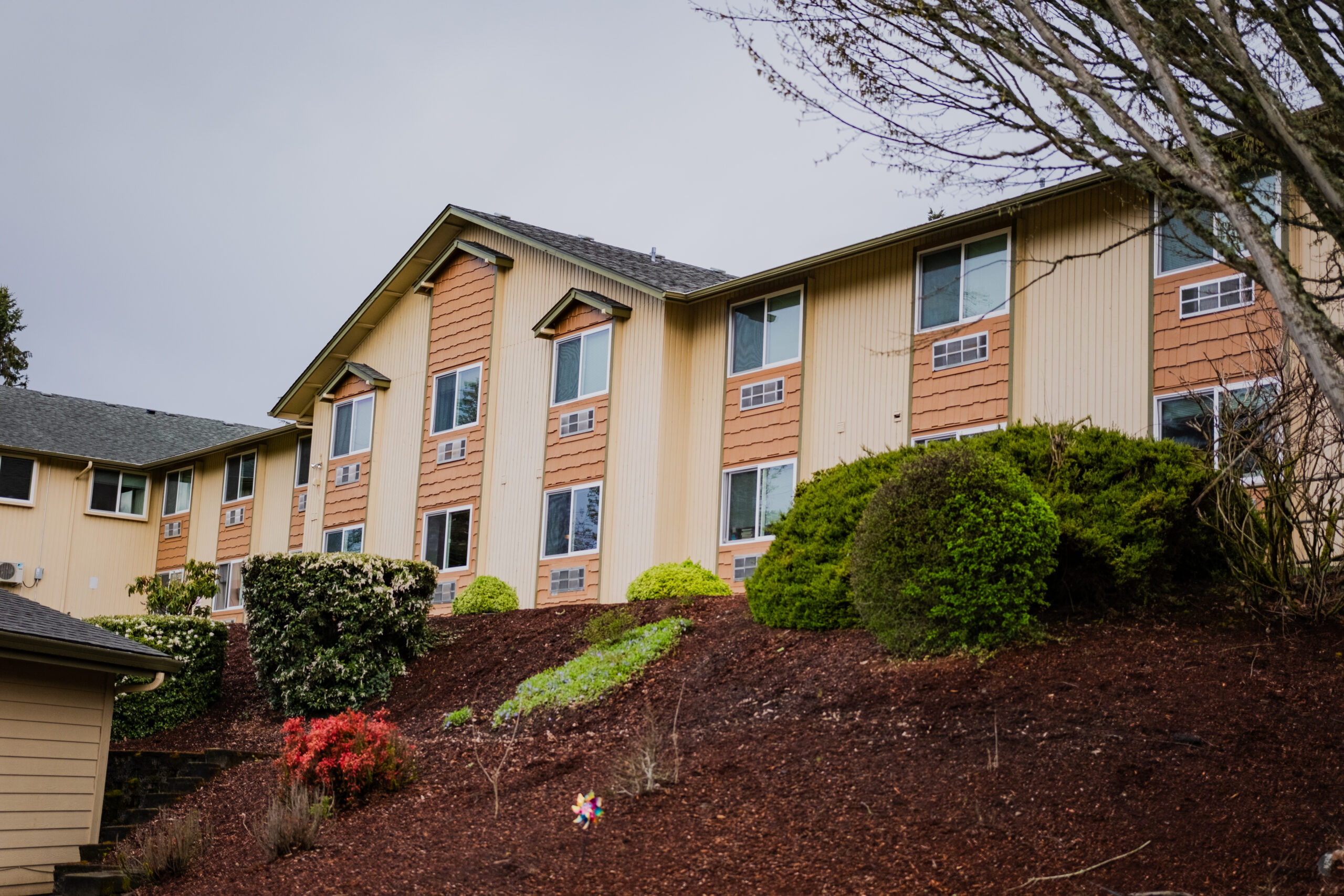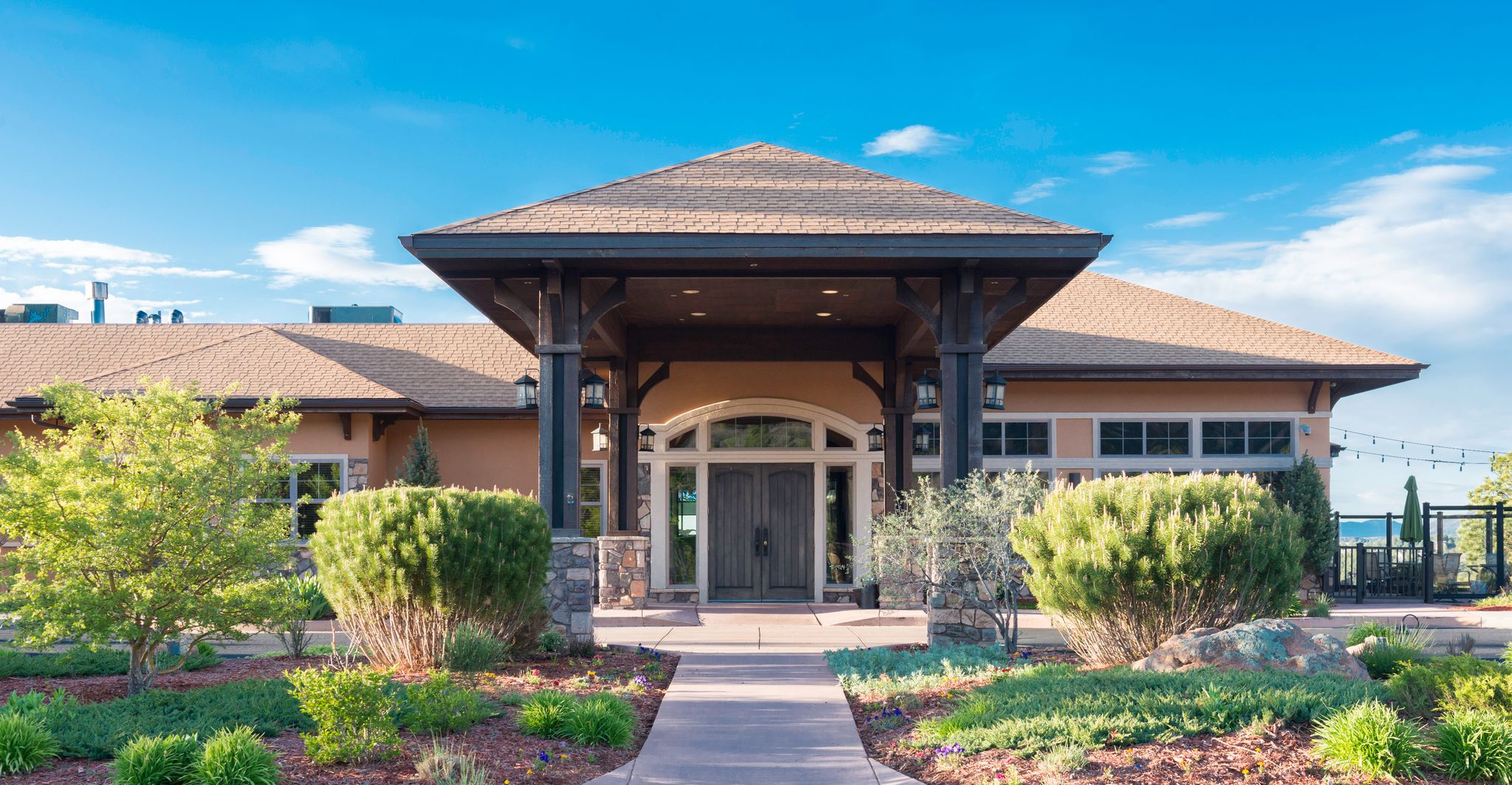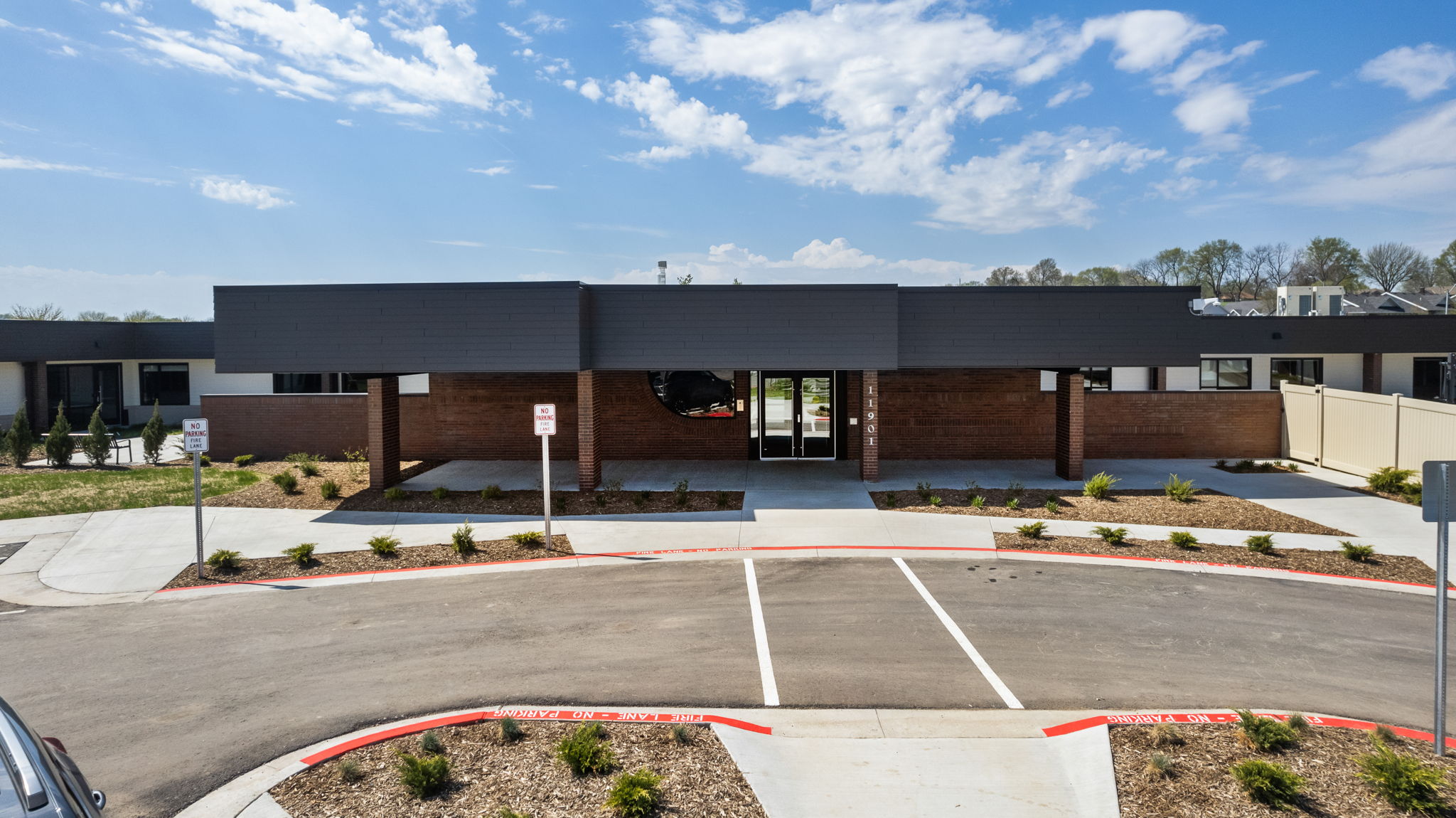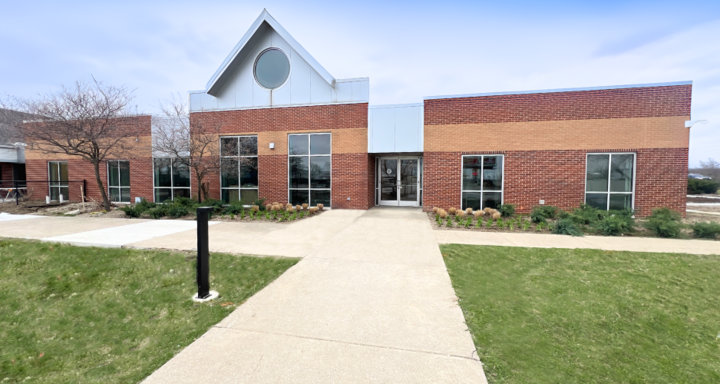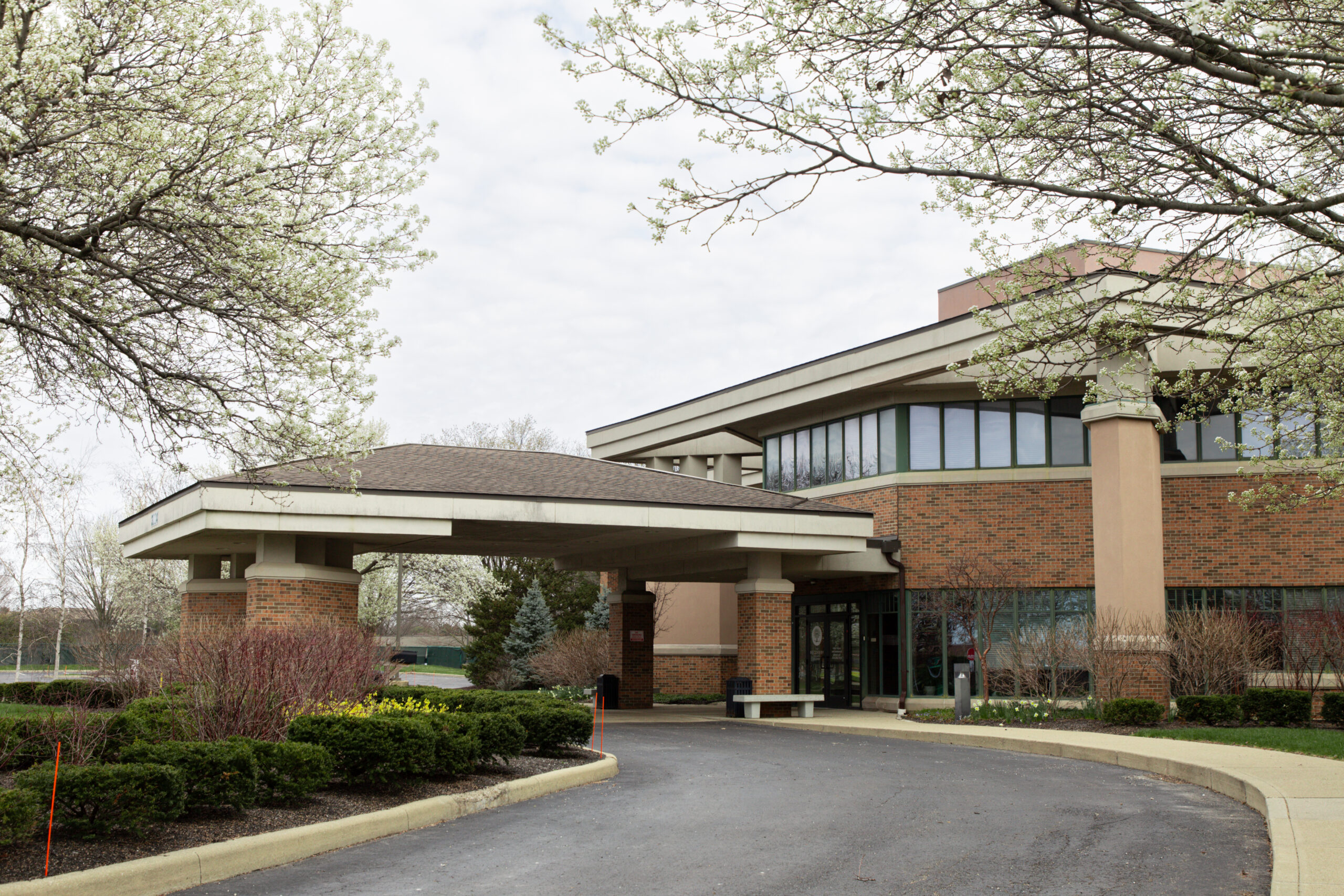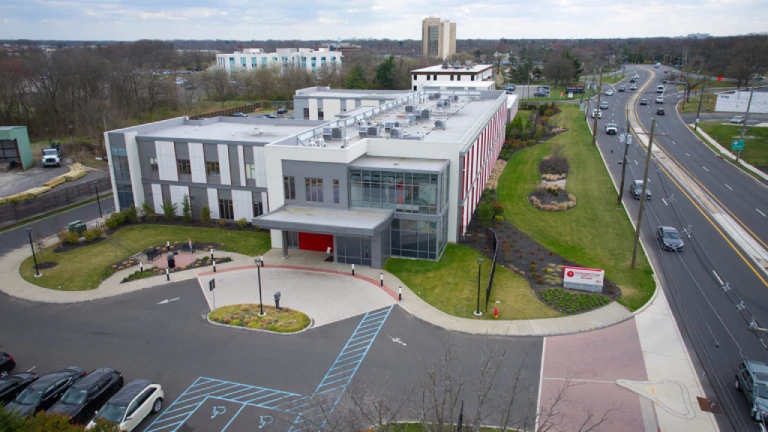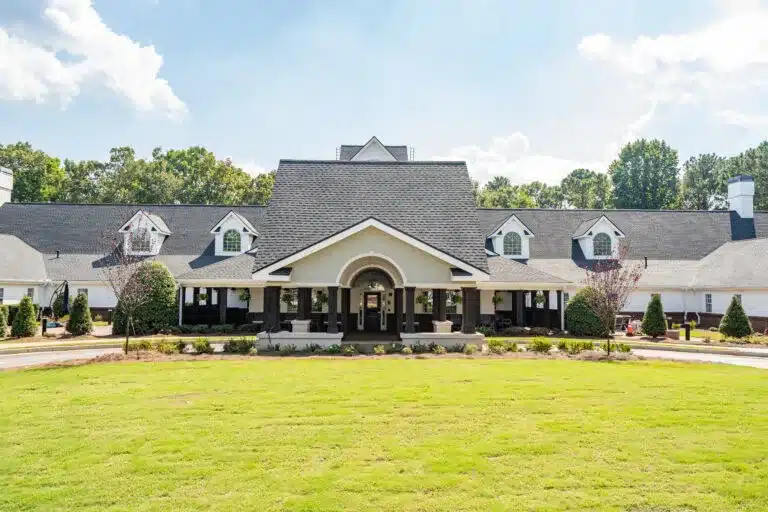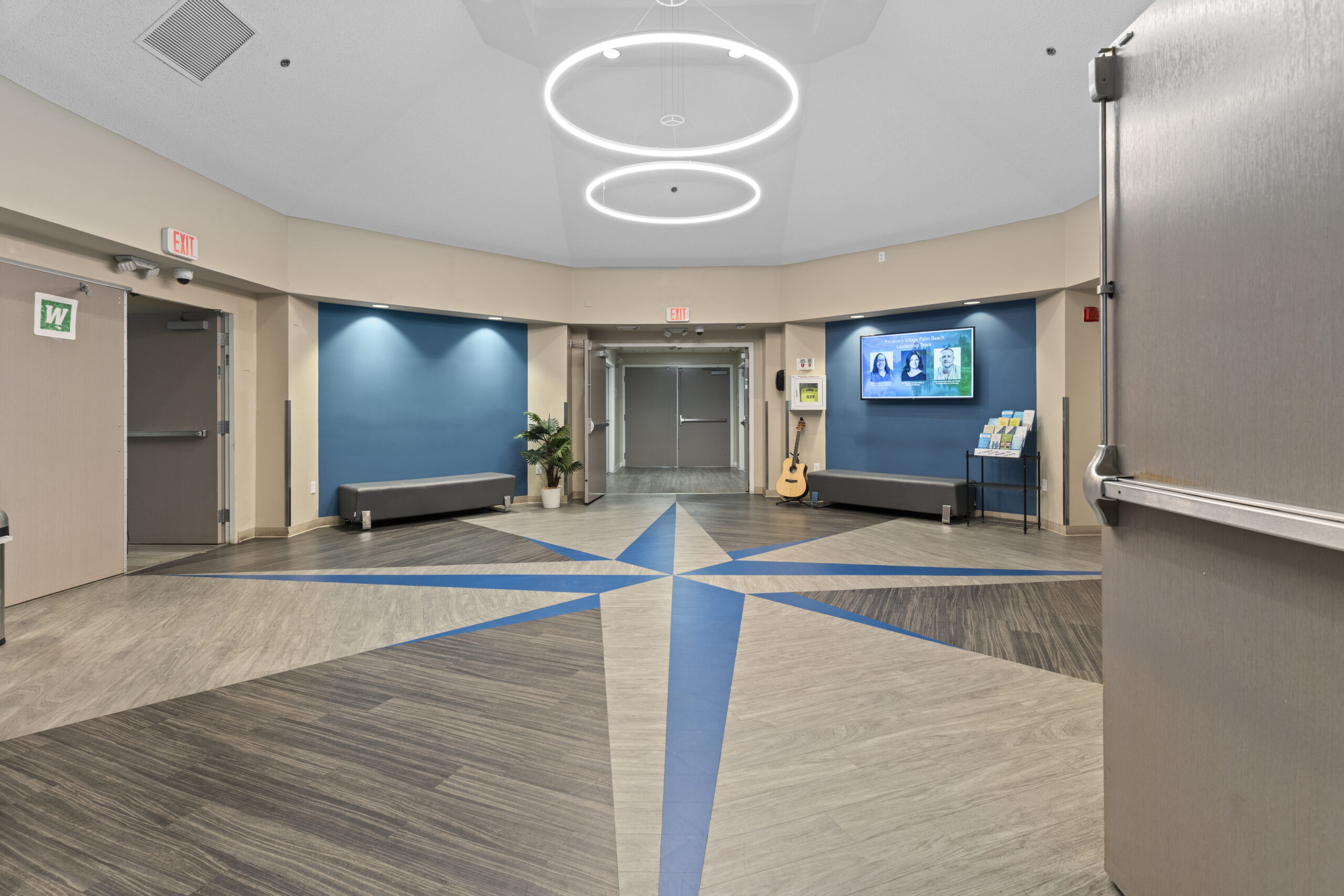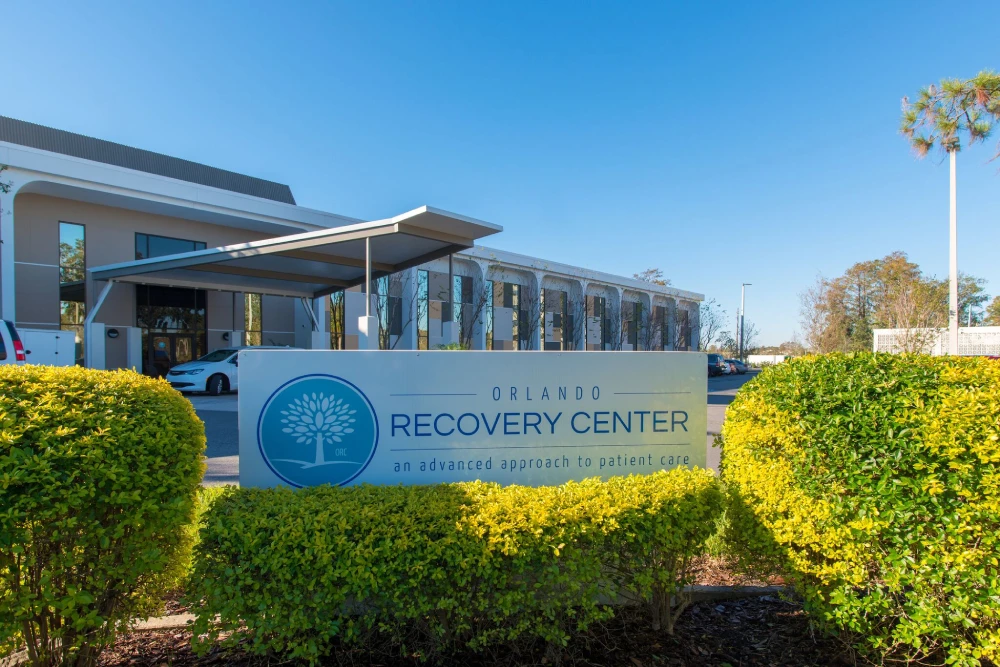Stable, safe housing is crucial to a person’s overall mental health and well-being. Lack of housing doesn’t just make it more difficult to thrive, it can also put a person at a higher risk of developing a number of mental health disorders, including addiction.
While thousands of people of all backgrounds struggle to find secure housing in the United States, some groups — like the LGBTQ+ community — are at a particularly high risk. Tragically, the problem is particularly bad among LGBTQ+ youth.
A growing body of research shows thatdrugandalcoholuse typically tend to be higher in the LGBTQ+ community. The Recovery Village conducted a survey about the LGBTQ+ community and addiction, and found, among many other factors, LGBTQ+ homelessness was one of the most significant predictors of substance use.
Homelessness in the LGBTQ+ Community
Unfortunately, homelessness is not a new problem within the LGBTQ+ community. According to areportcreated by the Center for American Progress, as many as 2 million young adults in the United States experience homelessness. A disproportionate number of these individuals are members of the LGBTQ+ community. LGBTQ+ youth have a120 percent higher riskof being homeless than heterosexual youth, according to a brief prepared by the University of Chicago. Arecent surveyof 354 agencies that work with homeless youth found that nearly 40 percent of their clientele identified as LGBTQ+.
The Recovery Village’s survey results seemed to coincide with the notion that, on average, LGBTQ+ individuals have a relatively high chance of struggling with homelessness at some point in their lives. One-third of the survey respondents who identified as either lesbian, gay, bisexual, trans, queer, asexual or pansexual reported that they had been homeless.
Drivers of LGBTQ+ Homelessness
In most cases, LGBTQ+ youth’s increased risk of homelessness is directly tied to their sexual orientation or gender identity. Members of this community are more likely to be rejected or abused by their families. Once in the foster care, school or juvenile justice system, these adolescents are also more likely to experience discrimination that can damage their mental health and directly impact their ability to secure stable housing in adulthood.
Familial Rejection
Directly, family rejection of an adolescent’s sexual orientation or gender identity is, tragically, one of the factors most often responsible for LGBTQ+ youth leaving their homes. Between 25 and 40 percent of LGBTQ+ homeless youth leave home over conflicts with family members about their identity, according to the California Homeless Youth Project. The LGBT Homeless Youth Provider Survey also cited family rejection was also listed as one of the top reasons why LGBTQ+ youth were at a higher risk of becoming homeless.
Familial Abuse
Emotional, physical or sexual abuse is typically cited as the second most common reason that LGBTQ+ youth leave their homes. While it can be difficult to determine if this abuse is directly related to their gender identities or sexual orientations, a significant portion of LGBTQ+ individuals has experienced some form of this abuse throughout their lives. Of The Recovery Village survey respondents who reported experiencing homelessness at some point, 52.54 percent experienced emotional abuse, 38.14 percent experienced physical abuse and 29.66 percent experienced sexual abuse at the hand of a family member.
Judicial Discrimination
In many cases, LGBTQ+ youth are driven into the juvenile justice system because of the familial rejection or abuse they’re more likely to experience. They make up about20 percentof the entire juvenile justice system youth population, despite making up no more than 7 percent of the overall youth population. In many cases, their experiences in this system can make it difficult for them to secure housing when they’re old enough to live on their own. According to a recentreport, part of this is because LGBTQ+ youth are disproportionately convicted of crimes that require them to be labeled as sex offenders. LGBTQ+ youth are more likely to be prosecuted in these cases, even when they have not committed a sexually based crime because they are more likely to be prosecuted for age-appropriate, consensual sexual activity than their non-LGBTQ+ counterparts. In addition to making it more difficult for these youth to find employment, which is necessary to secure stable housing, a “sex offender” label can also make it more difficult for these individuals to be approved housing, even if they have the finances to pay for it.
The Link Between Homelessness and Substance Abuse
Arecent reportcompiled by the Substance Abuse and Mental Health Services Administration confirms a well-established fact: adults who identify as lesbian, gay or bisexual have a high chance of struggling with substance abuse disorders andmental health conditionsthan adults who identify as heterosexual. The Recovery Village’s recent survey results largely matched this, with individuals who identified as lesbian, gay, bisexual, trans, queer, asexual or pansexual reporting using multiple categories of substances. They also had high rates ofdepression,generalized anxiety disorder,panic disorder,obsessive-compulsive disorder,post-traumatic stress disorder,social anxiety disorder,eating disordersandbipolar disorder.
Several factors contribute to this trend. Many of them are likely the same shared life experiences that drive LGBTQ+ homelessness, including familial rejection, abuse and neglect. The Center on Addiction cites these environmental influences as significantrisk factorsfor developing an addiction.
Aside from these factors, homelessness on its own seems to be a significant factor in many cases of LGBTQ+ substance abuse. Of The Recovery Village’s survey respondents, 55.08 percent of LGBTQ+ individuals who reported experiencing homelessness also reported seeking treatment for addiction. This was significantly higher than the 16.53 percent of respondents who neither reported experiencing homelessness nor seeking treatment for addiction.
All of this data suggests that, when it comes to addressingLGBTQ+ substance abuse, health care providers need to take into account the unique challenges that many people in this community face, including homelessness.
Overcoming addiction can feel impossible, especially when you have limited family support and resources. However, the right treatment program could help give you the tools you need to start over and live the life you want. The Recovery Village provides LGBTQ+ individuals with full-service, compassionate rehab care.Reach outto a representative today for more information, or to get started.




